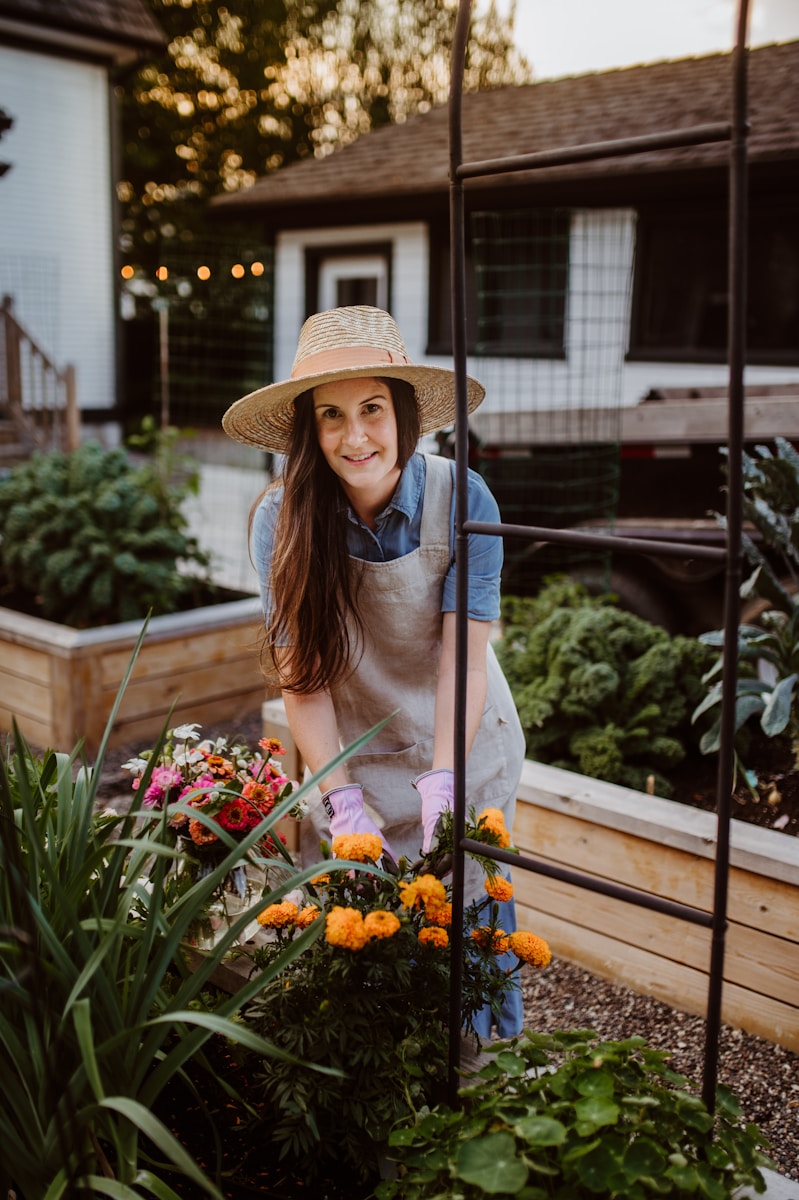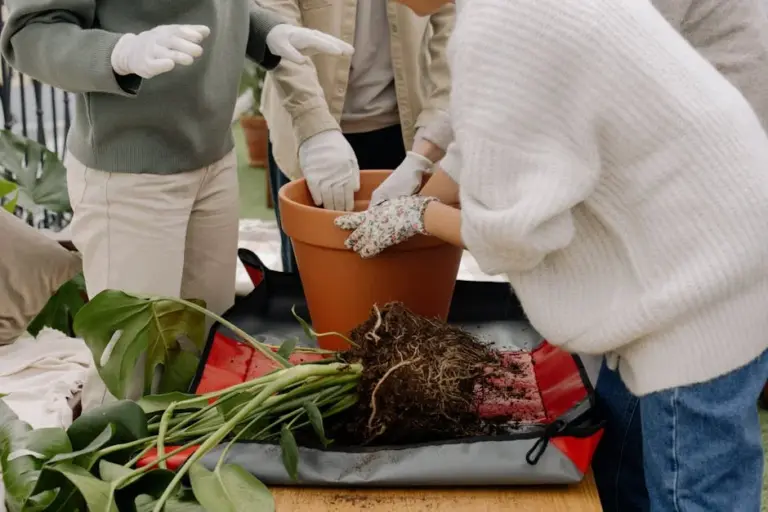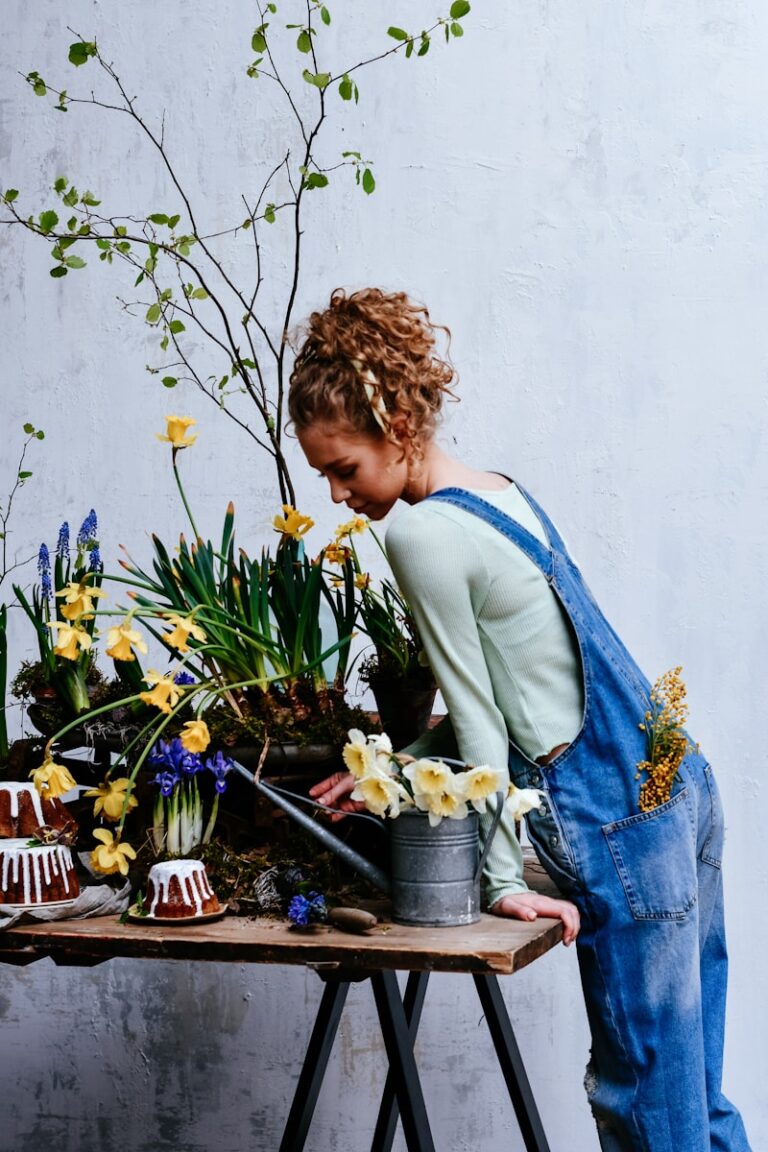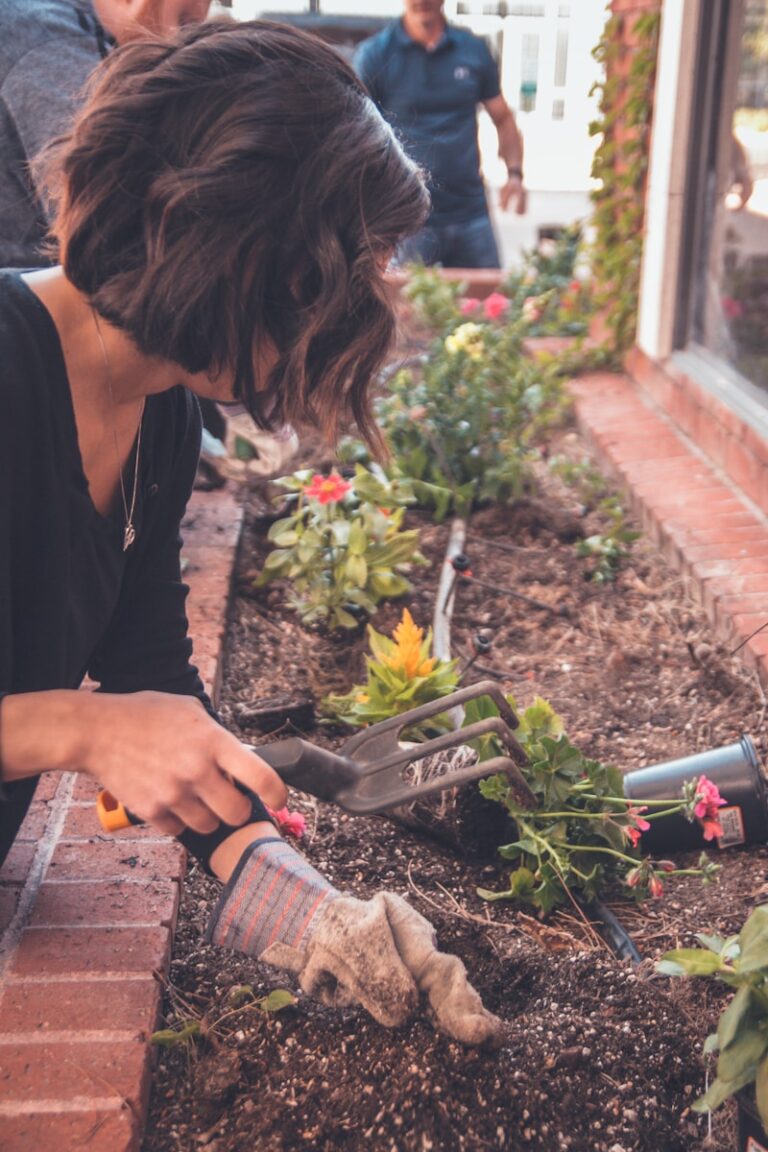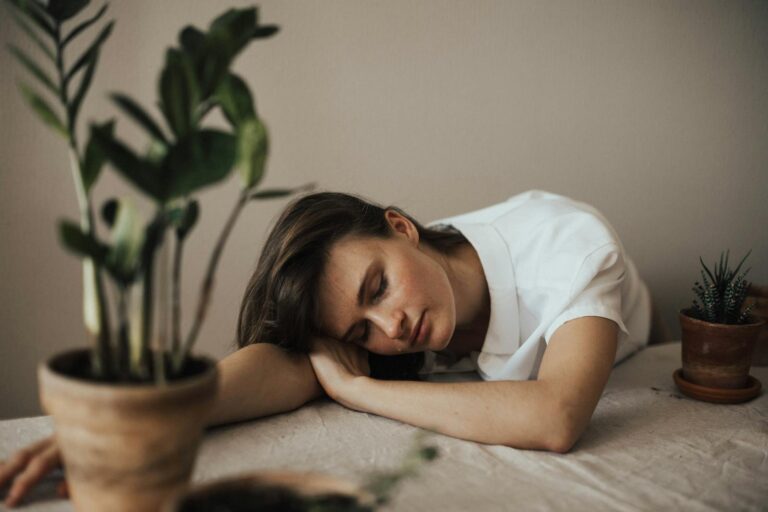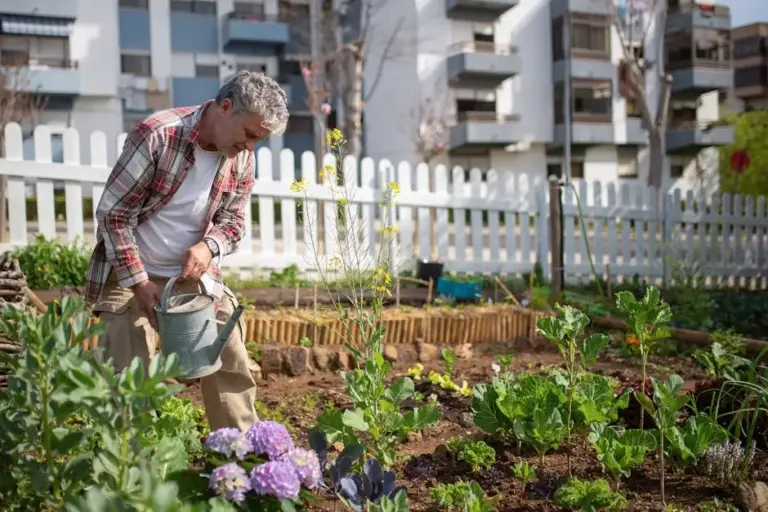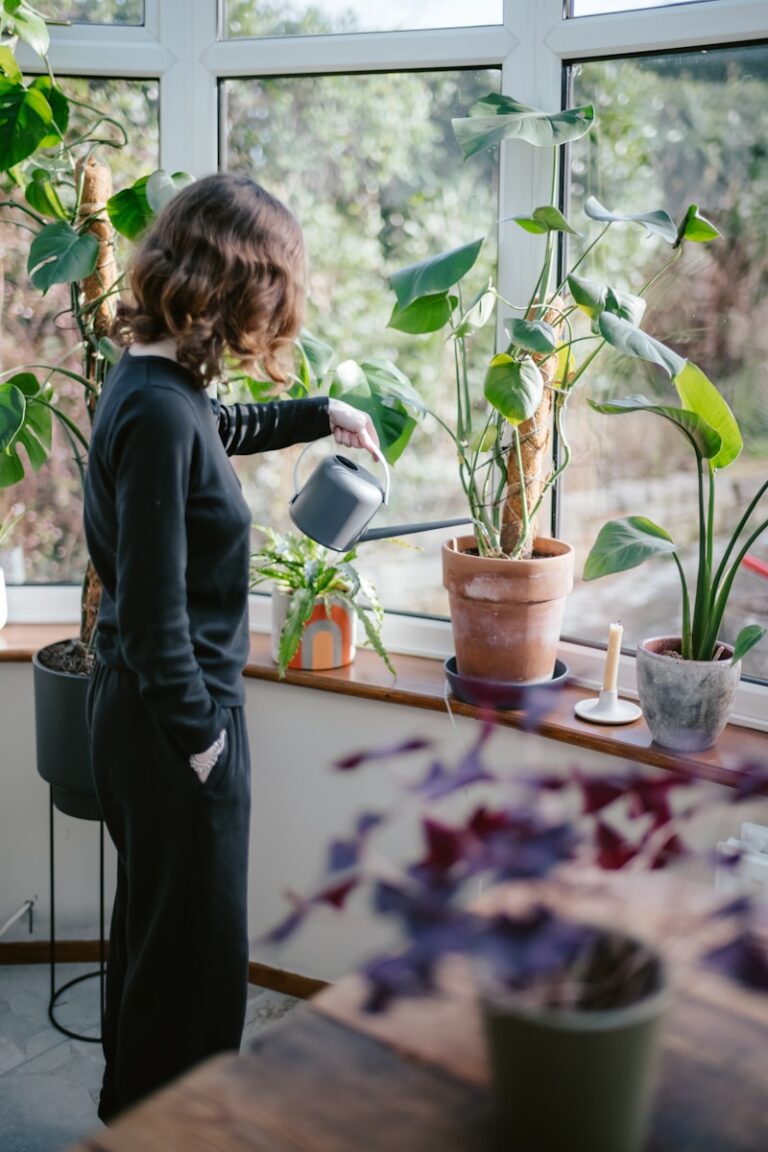The Simplest Way to Start Seeds Indoors Without Buying Supplies
If you want to get a head start on your garden but don’t want to spend a lot, there are plenty of ways to start seeds indoors using things you already have at home. You can skip the fancy equipment and still watch your seeds sprout and thrive.
Anyone can try these ideas, whether you’re a beginner or just looking to save some cash.
Use clean eggshell halves as biodegradable seed starters!
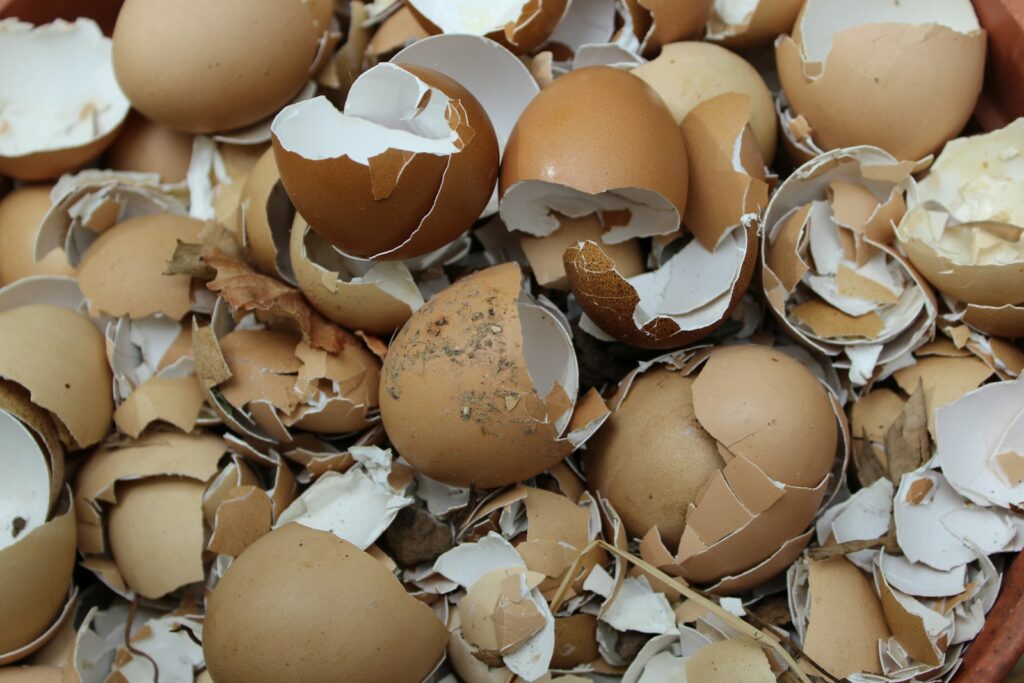
Eggshell halves make great little pots for starting seeds. After cracking your eggs, rinse the shells and let them dry.
Fill each half with soil, plant your seeds, and place them on a tray or windowsill. When the seedlings are strong, you can plant the whole shell right in your garden.
Eggshells break down in the soil and add nutrients, which is a nice bonus. You’ll avoid using plastic pots and give your plants a healthy start.
Repurpose yogurt containers for perfect seed trays
Empty yogurt containers are just the right size for starting seeds. Poke a few holes in the bottom so water can drain out.
Clean containers are easy to reuse and help reduce waste. When your seedlings outgrow them, move them to bigger pots or into the garden.
Place seeds on a wet paper towel inside a ziplock to germinate first!
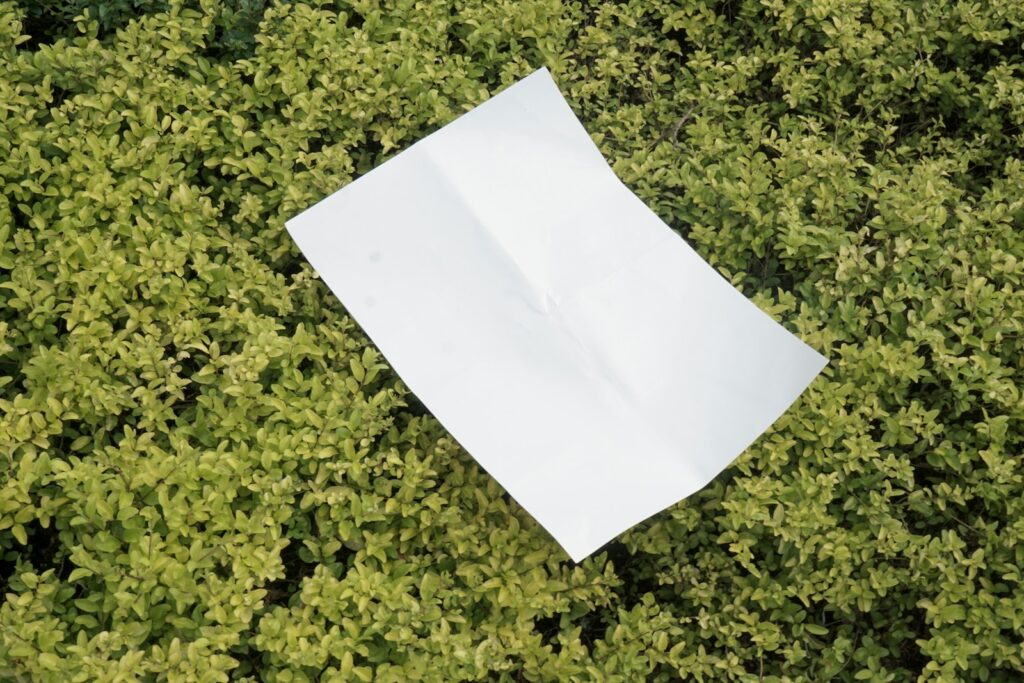
Try germinating seeds with a damp paper towel and a ziplock bag. Lay your seeds on the towel, keep it moist, and seal it in the bag.
This mini greenhouse helps seeds sprout quickly. Check daily for signs of growth and keep the towel damp.
Once you spot sprouts, transfer the seedlings to soil. This method is mess-free and lets you see which seeds are healthy before planting.
Use natural sunlight from a south-facing window for ideal growth
A south-facing window gives your seedlings plenty of sunlight. Place your seed trays near the window for the best results.
Rotate the trays every day so the seedlings grow straight. If the sun is too strong, use a thin curtain to soften the light.
Cover containers with clear plastic wrap to create a mini greenhouse effect!
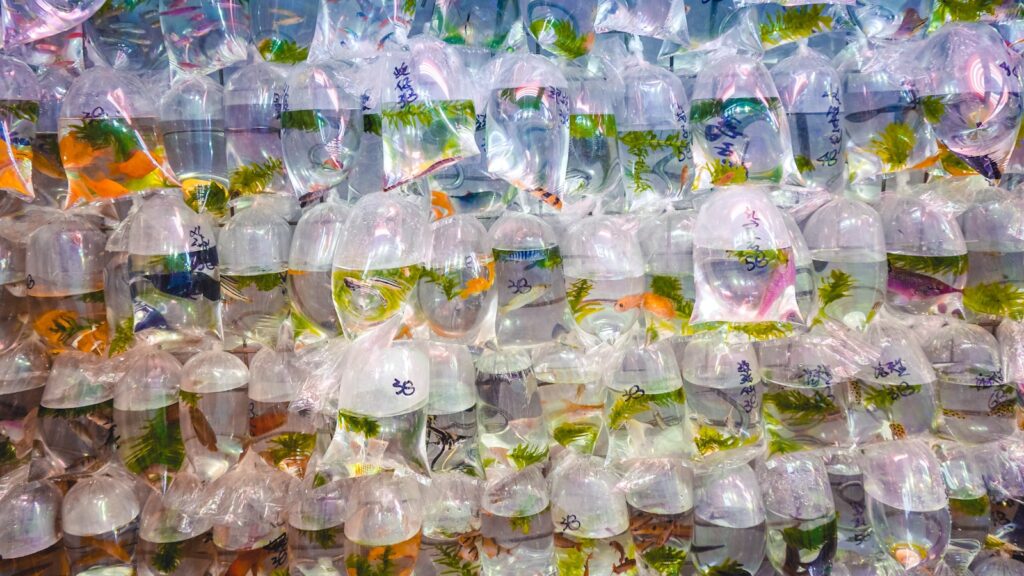
Cover your seed containers with clear plastic wrap to trap warmth and moisture. This creates a cozy environment for seeds to sprout.
Leave a little space for air to flow, or poke some holes in the wrap. Check the soil daily to keep it moist but not soggy.
Utilize old egg cartons to separate and start different seeds easily
Egg cartons are handy for organizing and starting multiple seeds at once. Fill each cup with soil and plant one or two seeds per section.
The cardboard breaks down in the soil, so you can plant the whole section outside when the seedlings are ready. This makes transplanting easy and gentle on the roots.
Plant seeds in used toilet paper rolls, plant the whole thing outdoors later!
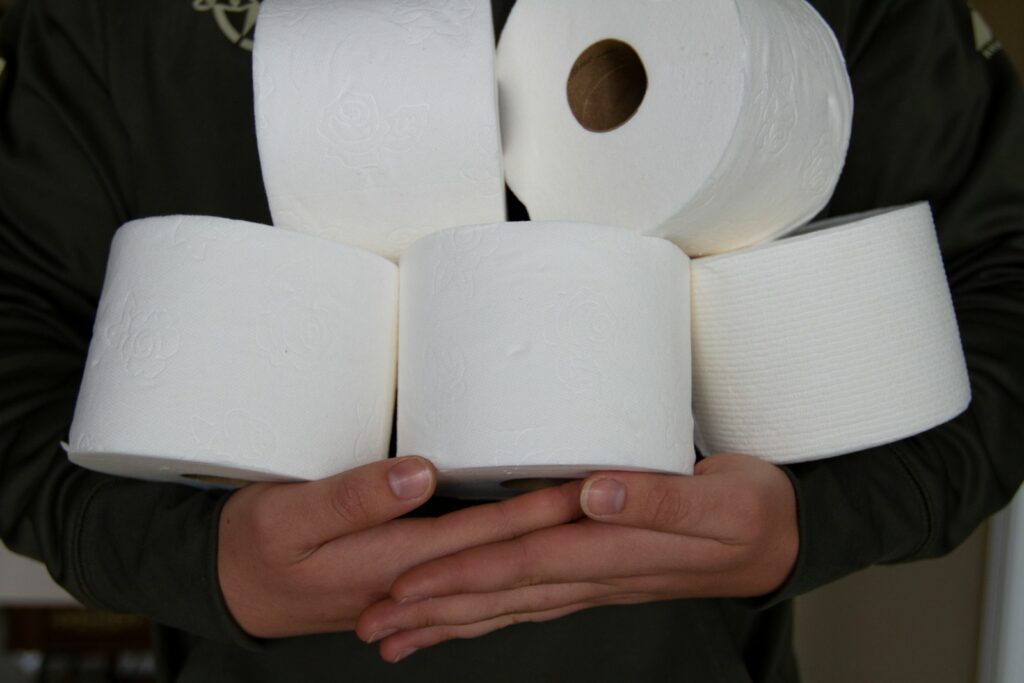
Empty toilet paper rolls are perfect for starting seeds. Cut them in half, stand them up in a tray, and fill with soil.
When your seedlings are ready, plant the entire roll outdoors. The roll breaks down naturally and protects the roots.
Use kitchen scraps like avocado pits or citrus seeds to start plants
You can grow new plants from avocado pits or citrus seeds. Clean the pit, stick toothpicks in the sides, and balance it over water until roots appear.
Citrus seeds can be rinsed, dried, and planted in small containers with soil. Watch as your kitchen scraps turn into green shoots on your windowsill.
Upcycle takeout containers with holes poked for drainage
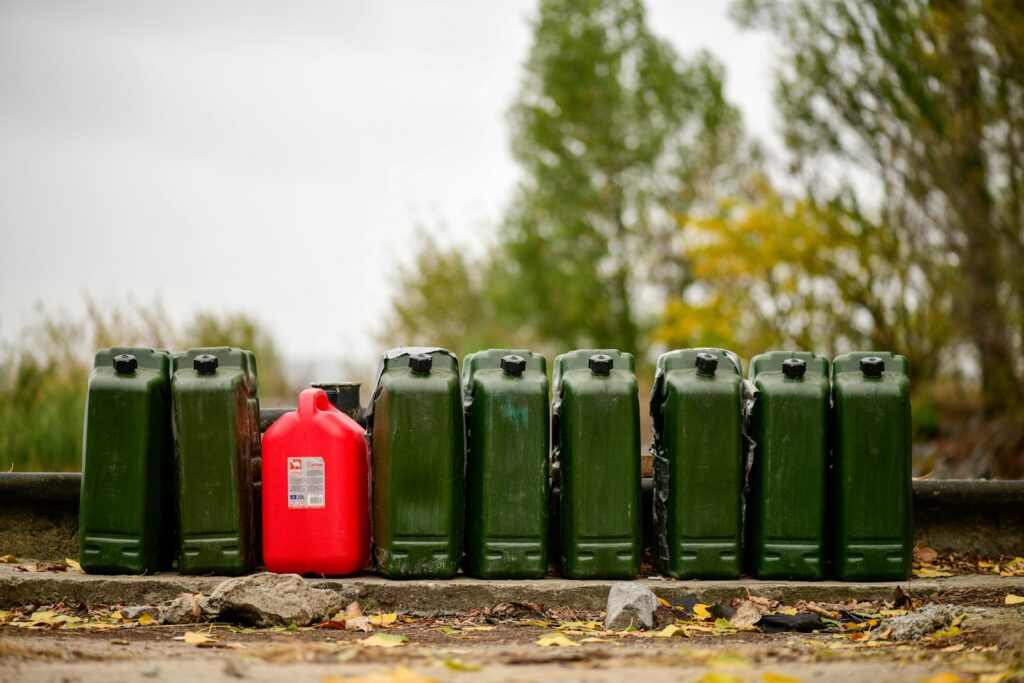
Takeout containers make great seed trays. Just poke a few holes in the bottom for drainage, fill with soil, and plant your seeds.
The clear lids can act as mini greenhouses, holding in moisture and warmth. Once the seedlings grow, move them to larger pots or your garden.
Keep seeds warm on top of the refrigerator or near a radiator to boost germination
A warm spot helps seeds sprout faster. Place your seed trays on top of the refrigerator or near a radiator for gentle warmth.
Just make sure not to let the soil dry out. These spots use heat you already have in your home and make it easy to give your seeds a cozy start.
How Seed Starting Works Without Store-Bought Supplies
You can start seeds indoors using everyday items and a few simple tricks. Creating the right conditions at home helps seeds sprout and grow without extra spending.
Understanding Natural Germination
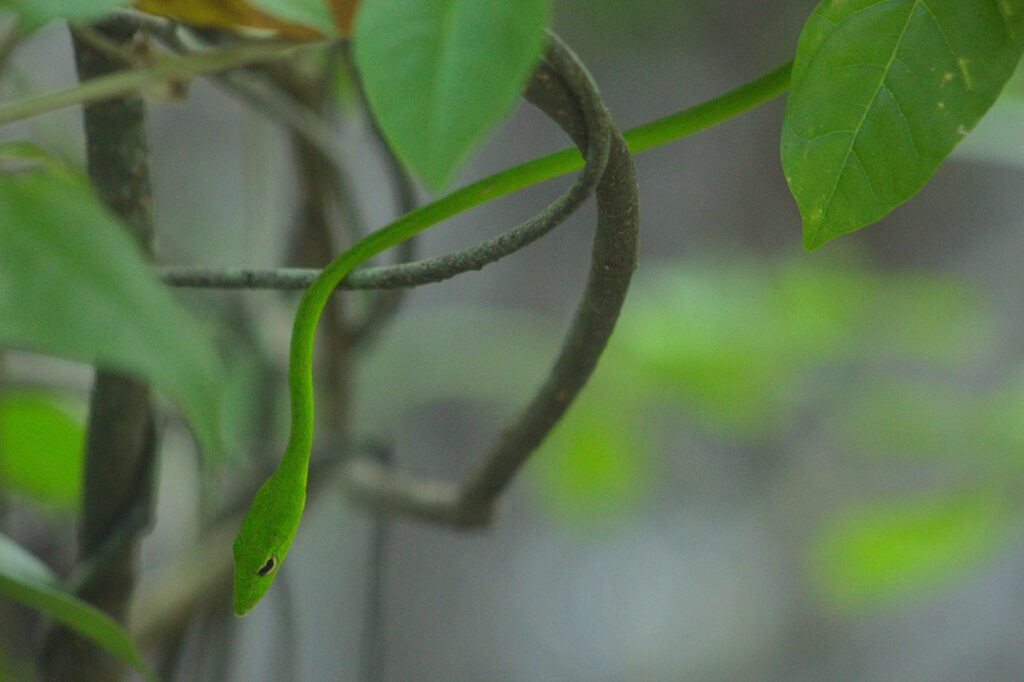
Seeds need warmth, moisture, and light to wake up and grow. A sunny windowsill or warm corner can provide the heat they need.
Keep the soil damp and cover containers with plastic wrap to help hold in humidity. Once the seedlings appear, move them to a bright spot for plenty of light.
Seeds swell and break open as they absorb water, starting the process of germination. With a little care, you’ll see tiny plants emerge in just a few days.
Benefits of Using Everyday Materials
Household items like egg cartons, yogurt cups, or cardboard boxes make great seed containers. They’re cheap, easy to find, and reusable.
Using what you already have means less waste and less clutter. You can experiment with different setups to see what works best in your home.
| Item | Use |
|---|---|
| Egg cartons | Hold soil and seeds |
| Used plastic containers | Protect seedlings and keep moisture |
| Paper towels | Help seeds stay damp and warm |
It’s easy to grow healthy seedlings without expensive gear.
Boosting Seedling Success at Home
You don’t need to spend a lot to help your seedlings grow strong. With a few creative ideas, you can give them the right light and temperature at home.
Creative Lighting Solutions

If you don’t have grow lights, place your seed trays on a sunny windowsill with at least 12 hours of light each day. Rotate the trays so your seedlings grow straight.
You can use whiteboards or aluminum foil to reflect extra light onto your plants. If you have LED bulbs at home, set them a few inches above the seedlings and keep them on for 12 to 16 hours daily.
DIY Temperature and Humidity Hacks
Ever notice how seedlings seem to thrive in cozy, humid spaces? Getting those conditions right at home is easier than you might think.
Try using a basic heating pad under your seed trays to keep them warm. Another simple trick is to set trays on top of a warm appliance like your refrigerator.
Keep an eye on the temperature with a thermometer. Most seeds sprout best between 65 and 75°F, so aim for that sweet spot.
To boost humidity, cover your seed trays with clear plastic wrap or a plastic bag. This helps lock in moisture so the soil stays damp.
Lift the cover for a few minutes every day to let in fresh air. That quick step helps prevent mold from forming.
If your air feels dry, set a small dish of water near your trays. The extra moisture can make a big difference for your seedlings.

